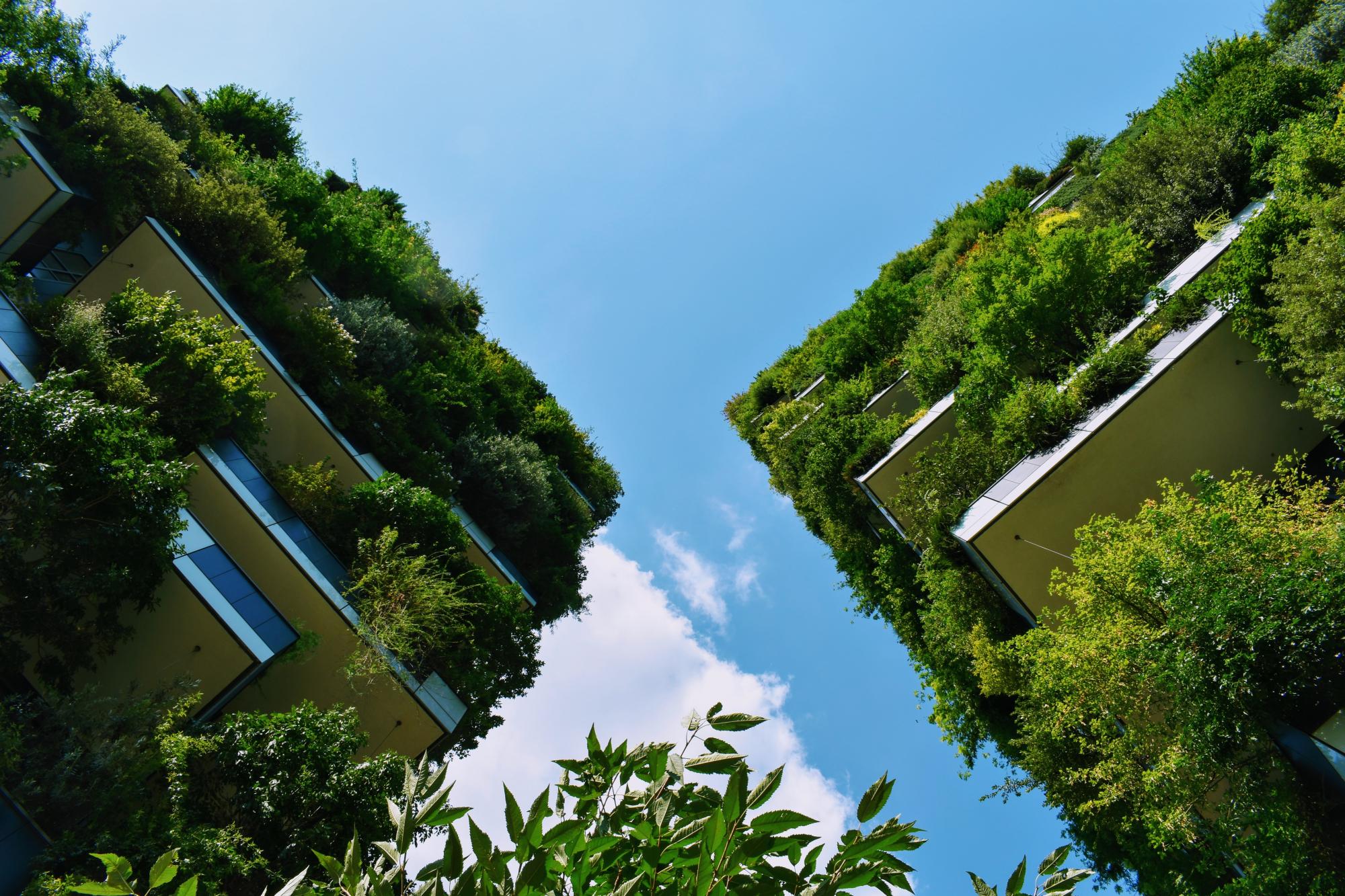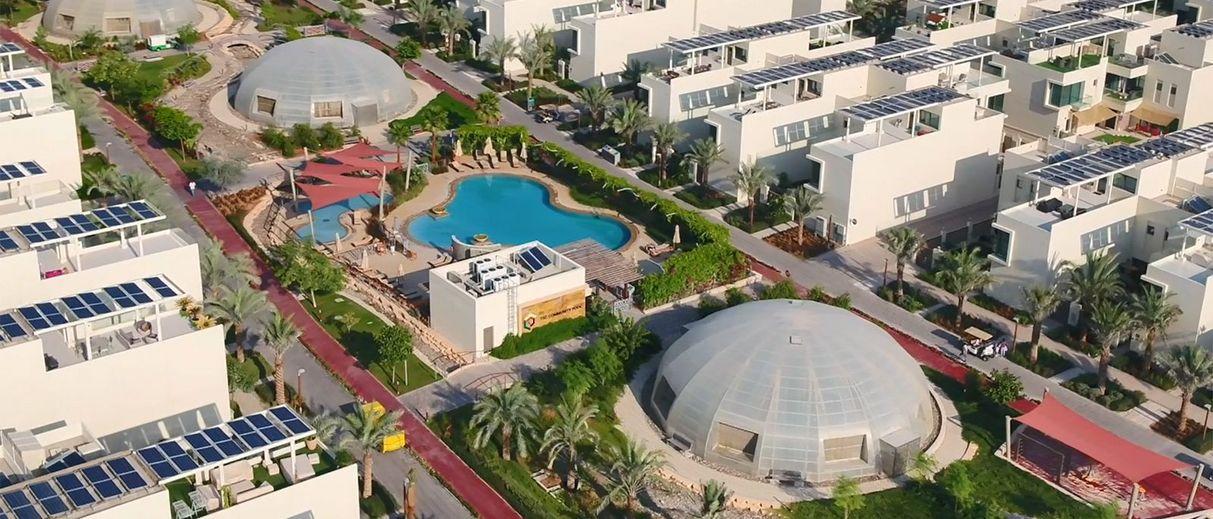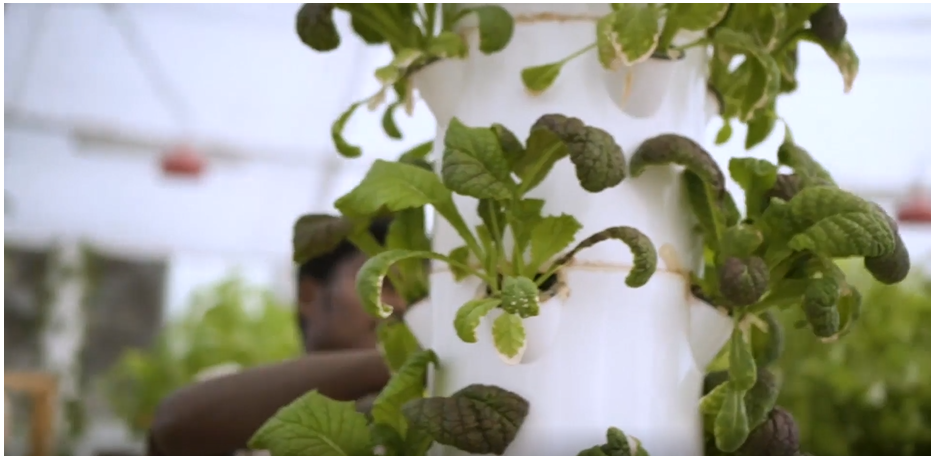Last updated: November 2021
The Sustainable Residential Complex project was a measure taken by the city of Dubai, one of the largest city ecological footprints, with a goal to reduce it to the smallest ecological footprint by 2050. For the past two decades, the UAE government has made an effort to lower its own dependency on fossil fuels, shifting toward more environmentally-friendly sources to power its cities. The sustainable residential complex development project is one of the few initiatives taken by the city administration of Dubai under Vision 2021. Located just outside Dubai the area is the first operational net-zero energy residential complex in Dubai. [1, 2]
Overview
Nature-based solution
- Grey infrastructure featuring greens
- Alley or street trees and other street vegetation
- House gardens
- Green parking lots
- Parks and urban forests
- Pocket parks/neighbourhood green spaces
- Community gardens and allotments
- Community gardens
- Other
- Blue infrastructure
- Lakes/ponds
Key challenges
- Climate action for adaptation, resilience and mitigation (SDG 13)
- Climate change adaptation
- Climate change mitigation
- Water management (SDG 6)
- Stormwater and rainfall management and storage
- Improvements to water quality
- Green space, habitats and biodiversity (SDG 15)
- Green space creation and/or management
- Environmental quality
- Air quality improvement
- Waste management
- Regeneration, land-use and urban development
- Regulation of built environment
- Promote natural styles of landscape design for urban development
- Economic development and employment (SDG 8)
- Economic development: agriculture
- Real estate development
- Employment/job creation
- Sustainable consumption and production (SDG 12)
- Sustainable production
Focus
Creation of new green areas, Creation of semi-natural blue areas
Project objectives
1. To create a residential complex with net-zero energy.
2. To pledge for the maximum of 2-degree temperature increase of the world above the pre-industrial level.
3. To encourage sustainable agricultural practices.
4. To create habitat for diverse species. [1, 3, 6]
Implementation activities
The project started in the year 2012. It included construction and building of 500 residential stays, 10,000 tree plantations, 2,500 trees for air pollution reduction and temperature control, 11 biodome greenhouses and 3,000 square metres of urban farming for biodiversity (including the non-native ones),10-metre-high buffer zone with trees for pollutants and carbon sequestration, beehives for bee population maintenance and habitat creation. [1, 6]
Climate-focused activities
Climate change adaptation:
- Increase or improve urban vegetation cover to help reduce outdoor temperature
- Create or improve outdoor spaces to help people escape from urban heat
- Implement green walls or roofs to lower indoor temperature and provide insulation
Climate change mitigation:
- Increase green urban nature for carbon storage (wetlands, tree cover)
- Improve carbon sequestration through selection of more adaptable species
- Halt desertification by restoring grasslands or other nature-based solutions
- Sustainable agriculture practices to reduce energy use or carbon emissions
- Implement solutions to help reducing energy consumption or support the use of sustainable energy resources
- Invest in public transport/bicycle infrastructure as a means to prevent car use
- Raise public awareness of behaviours, lifestyle and cultural changes with mitigation potential
Main beneficiaries
- National-level government
- Local government/Municipality
- Citizens or community groups
Governance
Management set-up
- Led by non-government actors
Type of initiating organisation
- Private sector/corporate actor/company
Participatory approaches/ community involvement
- Unknown
Details on the roles of the organisations involved in the project
Diamond Developers, a local real estate agency. [1]
Project implemented in response to ...
... an EU policy or strategy?
No
... a national policy or strategy?
Yes
(1. UAE Net Zero by 2050.
2. Vision 2021.
3. National Climate Change Plan of the UAE 2017–2050. [6, 7] )
... a local policy or strategy?
Yes
(His Highness Sheikh Mohammed bin Rashid Al Maktoum, the emir has decreed that his city will get 75 percent of its energy from clean sources by 2050. [2, 6])
Financing
Total cost
More than €4,000,000
Source(s) of funding
- Private Foundation/Trust
Type of funding
- Direct funding (grants, subsidies, or self-financed projects by private entities)
Non-financial contribution
Unknown
Impacts and Monitoring
Environmental impacts
- Climate change
- Lowered local temperature
- Reduced emissions
- Energy efficiency improvements
- Strengthened capacity to address climate hazards/natural disasters
- Enhanced carbon sequestration
- Environmental quality
- Improved air quality
- Improved waste management
- Improved protection against strong wind
- Improved soil quality
- Green space and habitat
- Promotion of naturalistic styles of landscape design for urban development
- Increased green space area
- Increased conversion of degraded land or soil
- Increased number of species present
- Enhanced support of pollination
Economic impacts
- Increase of green jobs (e.g. paid employment positions)
- More sustainable tourism
- Increased property prices
- Increase in agricultural production (for profit or not)
- Generation of income from NBS
Socio-cultural impacts
- Social justice and cohesion
- Improved social cohesion
- Improved liveability
- Improved access to urban green space
- Increased access to healthy/affordable food
- Increased sustainability of agriculture practices
- Health and wellbeing
- Gain in activities for recreation and exercise
- Education
- Increased support for education and scientific research
- Increased awareness of NBS and their benefits
Type of reported impacts
Achieved impacts
Presence of formal monitoring system
Unknown
Presence of indicators used in reporting
No evidence in public records
Presence of monitoring/ evaluation reports
No evidence in public records
Availability of a web-based monitoring tool
No evidence in public records
References
1. The project website. URL: Source link. Accessed on 7th November, 2021.
2. Kunzig, R. (2017). The World's Most Improbable Green City. The National Geographic Case Study. URL: Source link. Accessed on 7th November, 2021.
3. Garfield, L. (2018). The United States Emirates is building a $354 million city with driverless cars, greenhouses, and solar-powered villas. Business Insider. URL: Source link. Accessed on 7th November, 2021.
4. Morgan, J. (2016). CW Awards 2016: Sustainable Project recognised. Construction Week. URL: Source link. Accessed on 7th November, 2021.
5. Nikos-Rose, K. (2014) UC Davis and Dubai-based developer enter agreement to collaborate on sustainability research. UC Davis. URL: Source link. Accessed on 7th November, 2021.
6. Paola, S. and Wattengel, A. (2020) A sustainable city in the desert. Julian Bar. URL: Source link.
7. The United Arab Emirates. The UAE's response to climate change. URL: https://u.ae/en/information-and-services/environment-and-energy/climate-change/theuaesresponsetoclimatechange.
8. Mattei, S. (n.d) DUBAI’S SUSTAINABLE CITY AND THE FALSE PROMISE OF UNIVERSALITY. Compass: The Gallatin Research Journal. The Private University of New York. URL: Source link. Accessed on 11th November, 2021.
2. Kunzig, R. (2017). The World's Most Improbable Green City. The National Geographic Case Study. URL: Source link. Accessed on 7th November, 2021.
3. Garfield, L. (2018). The United States Emirates is building a $354 million city with driverless cars, greenhouses, and solar-powered villas. Business Insider. URL: Source link. Accessed on 7th November, 2021.
4. Morgan, J. (2016). CW Awards 2016: Sustainable Project recognised. Construction Week. URL: Source link. Accessed on 7th November, 2021.
5. Nikos-Rose, K. (2014) UC Davis and Dubai-based developer enter agreement to collaborate on sustainability research. UC Davis. URL: Source link. Accessed on 7th November, 2021.
6. Paola, S. and Wattengel, A. (2020) A sustainable city in the desert. Julian Bar. URL: Source link.
7. The United Arab Emirates. The UAE's response to climate change. URL: https://u.ae/en/information-and-services/environment-and-energy/climate-change/theuaesresponsetoclimatechange.
8. Mattei, S. (n.d) DUBAI’S SUSTAINABLE CITY AND THE FALSE PROMISE OF UNIVERSALITY. Compass: The Gallatin Research Journal. The Private University of New York. URL: Source link. Accessed on 11th November, 2021.
Information about this nature-based solution was collected as part of the UNA global extension project funded by the British Academy.



